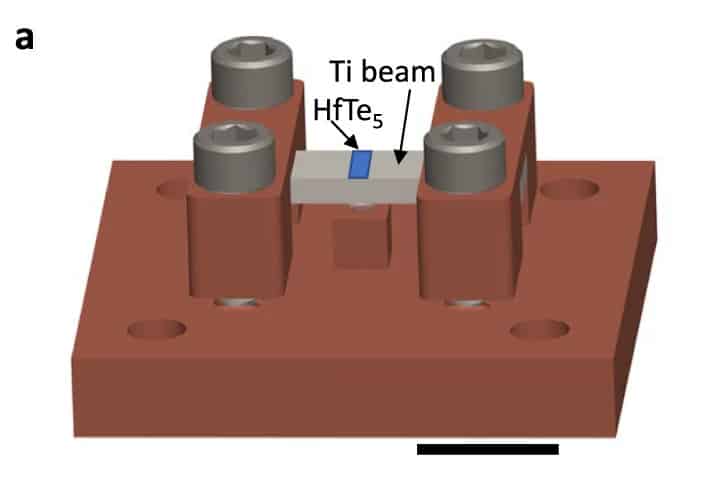An increase in resistivity of 190,500% was found after the material transitioned.
Researchers at the University of California, Irvine and Los Alamos National Laboratory have discovered a new method to transform topological insulating materials like glass into conductive quantum materials scientists can use to make quantum computers.
There are quantum states, topologically protected states, that are robust against disturbances that don’t affect the overall topology (global property) of the system. In quantum materials, these states are responsible for ‘conducting surface’ or ‘edge states’ that remain conductive even when the material is insulating in its bulk form. This robustness makes them highly sought after for applications in quantum computing and spintronics.
There are materials called topological insulators that act as insulators in their interior but conduct electricity on their surface, exhibiting topologically protected states. They have two main phases: weak and strong topological insulators. The transition between these phases, topological phase transition (TPT), under controlled conditions is a significant area of research for developing electronic devices. One such material is Hafnium Telluride (HfTe5)
By applying significant and controllable strain to HfTe5 samples, the researchers were able to induce a phase transition from a weak to a strong topological insulator. Strain engineering is a technique where stress is applied to a material to alter its electronic properties, and it’s particularly effective in materials like HfTe5 where the crystal lattice structure and electronic structure are closely linked.

Transition to a strong topological insulator was observed using electrical transport measurements (to study how current moves through a material). A dramatic increase in resistivity (190,500%) was found after the material transitioned.
The findings demonstrate HfTe5’s potential as a promising material for engineering topological properties. This opens up new pathways for creating devices that leverage the unique characteristics of topological insulators, such as low-power electronic devices, quantum computing elements, and sensors. It could be generalised to study topological phase transitions in other van der Waals materials and heterostructures.





